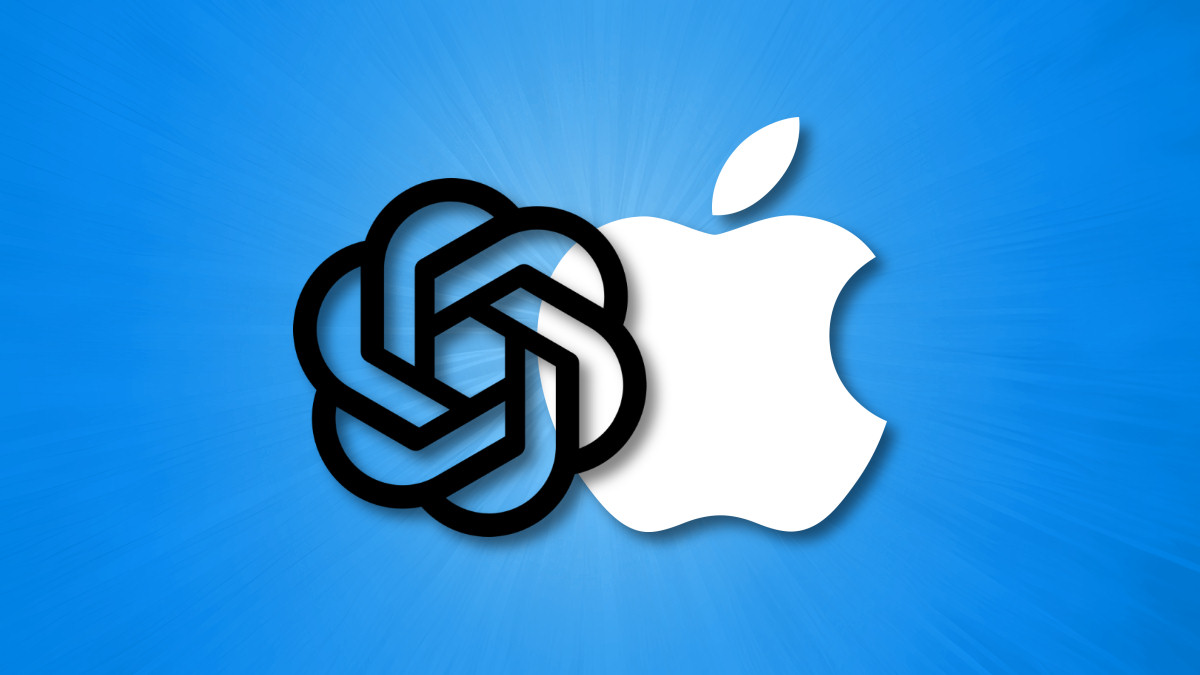Introduction
OpenAI and Apple are two giants in the technology industry, each bringing unique strengths and innovations to the table. OpenAI, renowned for its groundbreaking work in artificial intelligence (AI), and Apple, a leader in consumer electronics and software, have the potential to revolutionize the technological landscape when their capabilities intersect. This comprehensive guide explores the synergy between OpenAI and Apple, their contributions to AI and technology, and how their collaboration is shaping the future of innovation.
About OpenAI
OpenAI is an AI research and deployment company committed to ensuring that artificial general intelligence (AGI) benefits all of humanity. Founded in December 2015, OpenAI has developed some of the most advanced AI models in the world, including the GPT (Generative Pre-trained Transformer) series. OpenAI's mission is to ensure that AGI is aligned with human values and accessible to everyone.
About Apple
Apple Inc., founded in 1976, is a global leader in consumer electronics, software, and services. Known for its innovative products like the iPhone, iPad, Mac, and Apple Watch, Apple has revolutionized various industries by integrating cutting-edge technology with intuitive design. Apple's ecosystem, which includes iOS, macOS, watchOS, and tvOS, provides seamless experiences across its devices.
The Synergy Between OpenAI and Apple
The collaboration between OpenAI and Apple holds immense potential, as both companies bring their unique strengths to the partnership. OpenAI's expertise in AI research and Apple's prowess in hardware and software integration can lead to groundbreaking innovations in various fields, including healthcare, education, and entertainment.
Contributions of OpenAI and Apple to AI and Technology
Both OpenAI and Apple have made significant contributions to the fields of AI and technology. Let's explore some of their key achievements:
OpenAI's Contributions
- GPT Series: OpenAI's GPT models, including GPT-3, have set new benchmarks in natural language processing (NLP) by generating human-like text and understanding context at an unprecedented level.
- DALL-E and CLIP: These models have revolutionized image generation and understanding, allowing for the creation of realistic images from textual descriptions and improving image classification accuracy.
- Reinforcement Learning: OpenAI has advanced reinforcement learning techniques, enabling AI agents to excel in complex tasks and environments, such as playing games and controlling robotic systems.
Apple's Contributions
- Siri: Apple's voice-activated assistant, Siri, leverages AI to provide users with a wide range of functionalities, from answering questions to controlling smart home devices.
- Face ID: Apple's Face ID technology uses advanced AI algorithms to provide secure and seamless authentication for its devices.
- Machine Learning on Device: Apple's Core ML framework allows developers to integrate machine learning models directly into iOS apps, enabling powerful AI capabilities on the device itself.
Applications of OpenAI and Apple Technologies
The integration of OpenAI's AI models and Apple's hardware and software ecosystem can lead to numerous applications across different industries:
Healthcare
AI-powered diagnostic tools can enhance medical imaging analysis, improving accuracy and efficiency in diagnosing diseases. Apple's Health app, combined with OpenAI's predictive models, can provide personalized health insights and recommendations.
Education
AI-driven educational tools can offer personalized learning experiences, adapting to individual students' needs and providing real-time feedback. Apple's educational platform, augmented with OpenAI's NLP models, can enhance language learning and content generation.
Entertainment
The entertainment industry can benefit from AI-generated content, including music, art, and scripts. Apple's creative tools, integrated with OpenAI's generative models, can offer users innovative ways to create and enjoy multimedia content.

Challenges and Ethical Considerations
While the collaboration between OpenAI and Apple promises significant advancements, it also presents several challenges and ethical considerations:
- Data Privacy: Ensuring the privacy and security of user data is paramount, especially when integrating AI models with personal devices.
- Bias and Fairness: AI models must be trained and evaluated to avoid biases that could lead to unfair or harmful outcomes.
- Regulation and Compliance: Adhering to regulatory requirements and ethical guidelines is crucial in deploying AI technologies responsibly.
Future Trends and Innovations
The future of the collaboration between OpenAI and Apple holds exciting possibilities. Here are some potential trends and innovations to watch for:
- Enhanced User Experiences: AI-driven personal assistants and smart devices that can anticipate and respond to user needs more intuitively.
- Augmented Reality (AR) and Virtual Reality (VR): Integrating AI with AR and VR to create immersive and interactive experiences in gaming, education, and healthcare.
- AI-Powered Health Monitoring: Advanced health monitoring and diagnostics using AI models embedded in wearable devices, providing real-time health insights.
Conclusion
The collaboration between OpenAI and Apple represents a convergence of AI research and consumer technology, promising to drive innovation and transform various industries. By leveraging their respective strengths, these two technology giants can create powerful AI-driven solutions that enhance user experiences, improve healthcare outcomes, and revolutionize education and entertainment.
As we move forward, it is essential to address the challenges and ethical considerations associated with AI deployment to ensure that these technologies are used responsibly and for the benefit of all. The future of AI and technology looks bright, and the partnership between OpenAI and Apple is set to play a pivotal role in shaping this exciting landscape.